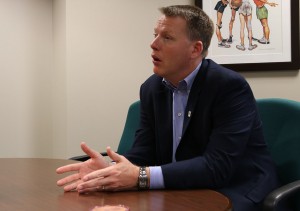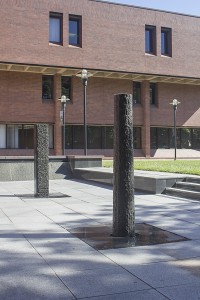by Sean Hull
Features Editor

Northwestern football players shocked the college athletics establishment last summer when they voted to file for union status with the National Labor Relations Board. Their basic argument: college athletes are treated as employees of the university rather than students and should be compensated for their work.
This move ignited the debate about the employment status of college athletes. For the players at the very top of the college athletics hierarchy, the line between professional athlete and top college athlete would be barely noticeable if it wasn’t for one heavy black mark: college athletes are not paid for their work, and the university reserves the right to capitalize on their athletes’ names and likenesses, bringing in millions in sponsorship deals.
This strikes me as morally flawed. Most people would agree that it is unfair to profit off the work of another individual without compensating them. Students even at the community college level often receive scholarships that cover the cost of their tuition, but this is comparatively negligible to the amount of revenue top universities are pulling in through their athletics programs.
At the highest level of college athletics, in which Northwestern football operates, athletes bring in millions of dollars a year in revenue for their universities. At the community college level and the lower division levels of four-year college athletics, the numbers are far from glamorous. However, this is the level the majority of college athletes play at. The compensation and fame from the very top to the community college level are not comparable, but the time commitment from students remains extremely intensive.
Make no mistake about this: playing sports at the college level requires the commitment of a full-time job. Carl Heinrich, the athletics director for JCCC, estimated student athletes spend “… easily 50-60 hours a week, when you throw in games, and by the time you leave, and it’s a good time commitment.” That estimate also includes study halls most student athletes are required to attend outside of the classes they’re enrolled in. The commitment doesn’t end when the season does, either. Athletes are expected to weight-lift or perform some other activity that applies to athletics eight hours a week during the off-season.
Students undeniably participate in sports because they love the game. They are willing to put in the time and work through the difficulties for the game. We could alleviate many of the difficulties they face if we allocated them a stipend each year to ease their financial stress. Giving athletes a stipend would not only greatly reduce their financial burden, but result in more excited and capable student athletes.
The movement to acquire fair compensation for athletes has made some progress with universities, while at the same time has faced major legal setbacks. In reaction to the massive media response Northwestern football players have received, large universities have begun to pay their athletes what are called “true cost of attendance” stipends. These stipends, roughly around $5,000 per year, are meant to cover extraneous costs of attending college. This is a good direction for universities to be headed, and I think the true cost of attendance stipend finds a middle ground between the push to maintain amateurism in student athletics and fair compensation.
However, the Northwestern players’ petition for unionship was ultimately denied by the National Labor Relations Board. On Sept. 30, the United States Court of Appeals for the Ninth Circuit also ruled that using the likeness and name of popular student athletes in exchange for paying the cost of attendance was fair under antitrust law, giving the NCAA permission to limit compensation to cost of attendance.
Student athletes devote a vast amount of time to their sports, and it’s time we begin to compensate them for it. The true cost of attendance stipend has yet to reach the community college level, and many believe that it never will, but I think it would be beneficial to the athletes, allowing them to spend less time working and more time dedicated to the game. While there has been major legal setbacks to the movement for greater compensation of athletes, students will continue to advocate in the name of fair compensation.

























![DSC_4090[1]](http://blogs.jccc.edu/campusledger/files/2015/09/DSC_40901.jpg)
![DSC_4090[1]](http://blogs.jccc.edu/campusledger/files/2015/09/DSC_40901-300x200.jpg)



















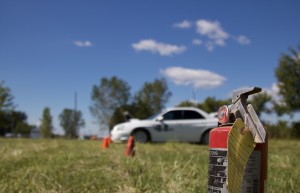

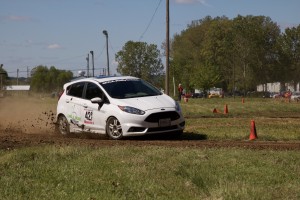


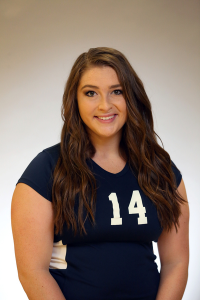




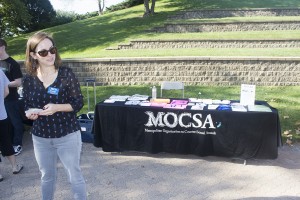
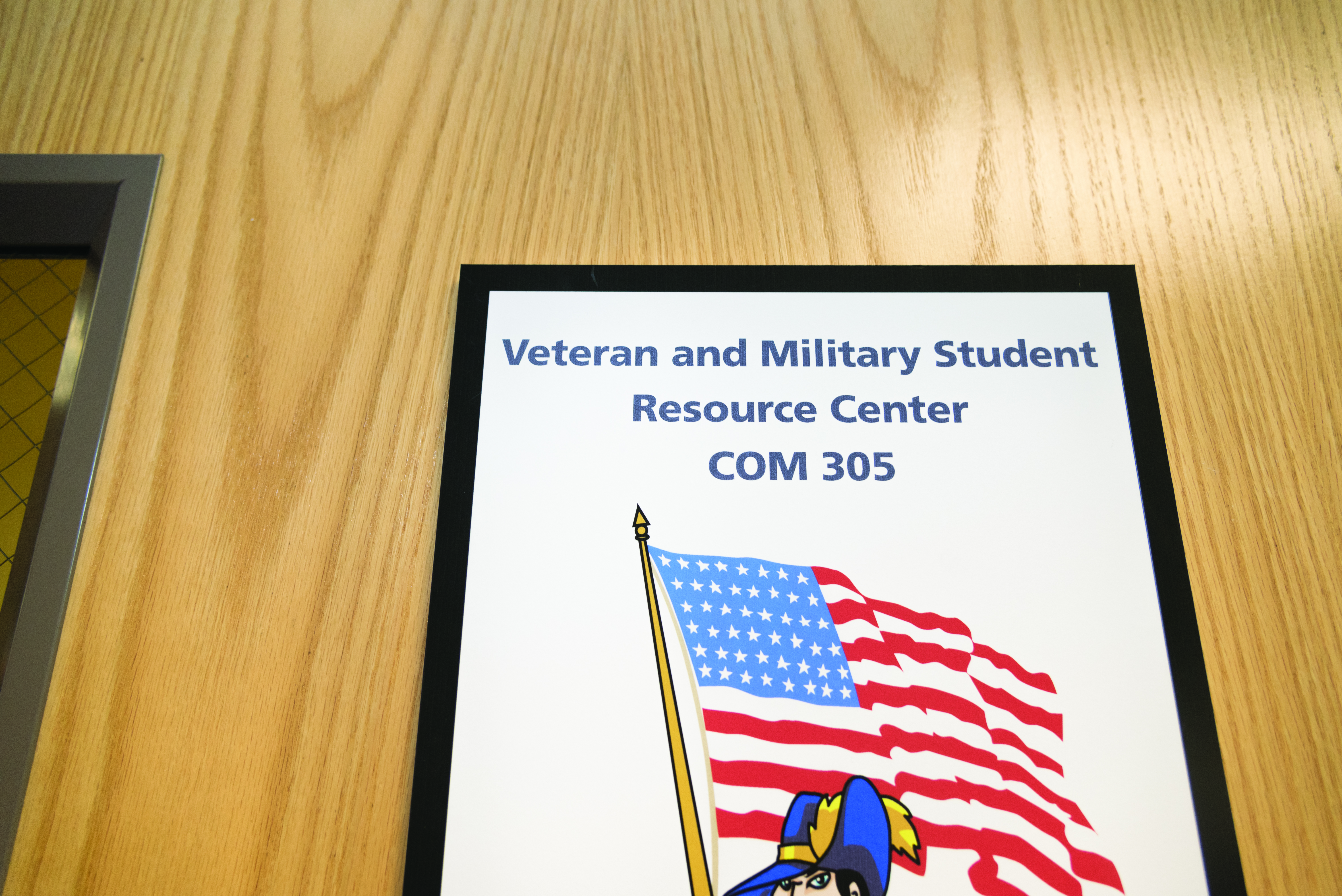


















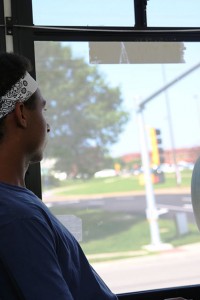



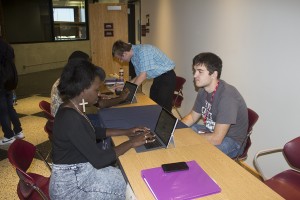








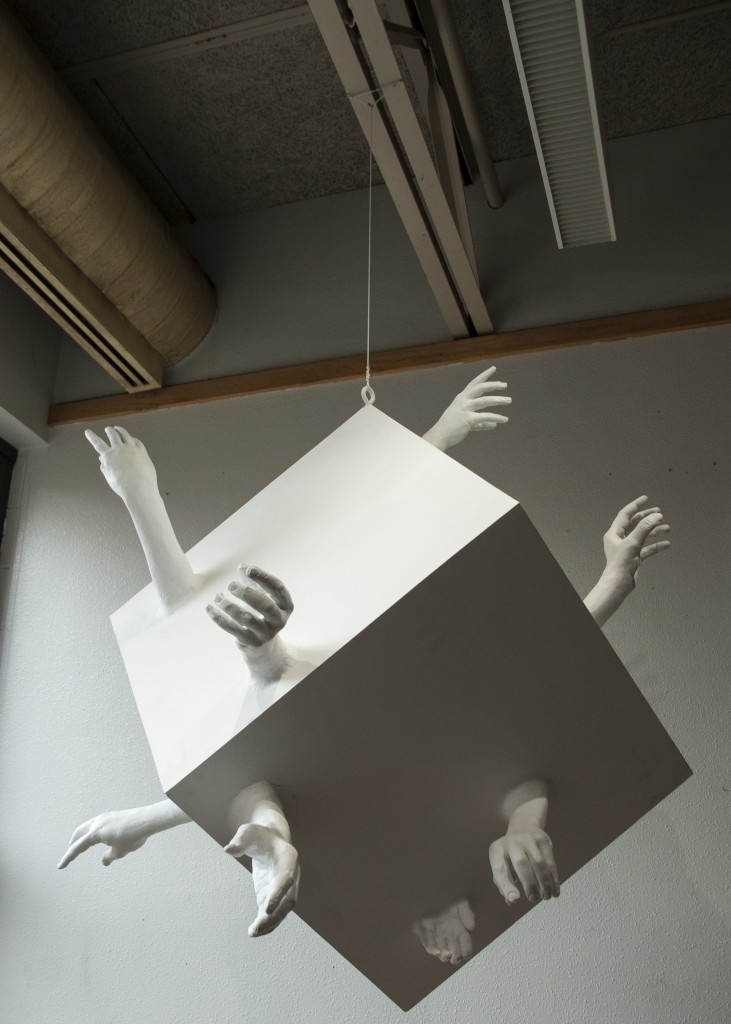









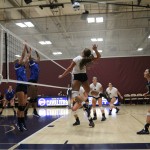











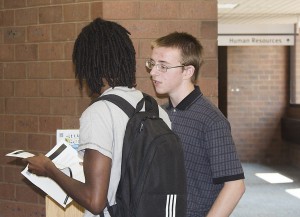






















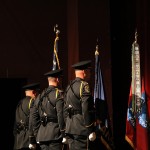









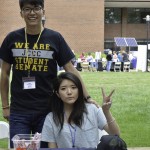






















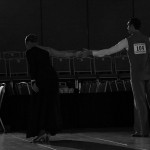






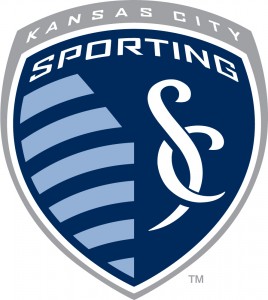 Advertising Coordinator, says that the marketing initiative is designed to take college programs to the community and demonstrate what the college has to offer.
Advertising Coordinator, says that the marketing initiative is designed to take college programs to the community and demonstrate what the college has to offer.
